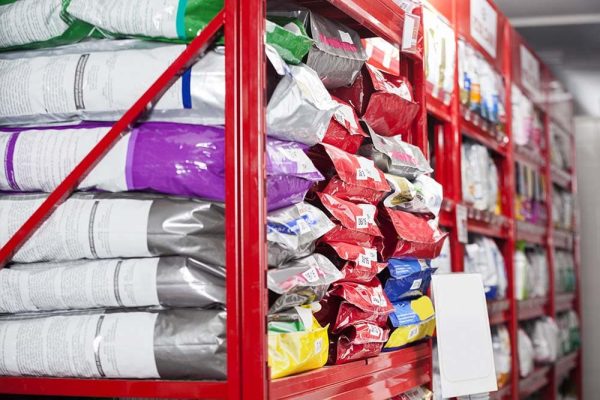Carbon monoxide, or “CO,” is an odorless, colorless gas that can kill you if you breathe enough of it. This deadly gas is found in fumes and produced in various ways, such as burning fuel when using your vehicle, stoves, lanterns, fireplaces, gas ranges, grills, and furnaces. Carbon monoxide kills more than 400 Americans each year (not linked to fires) and sends over 100,000 people to the emergency room. With these deadly and worrisome stats, have you ever wondered if your dog can detect carbon monoxide in your home or vehicle? Sadly, dogs cannot smell or see carbon monoxide.
Even though dogs have an outstanding sense of smell, they, or any animal for that matter, cannot smell, see, or taste carbon monoxide. Join us in learning the best ways to keep you, your family, and your pets safe from this deadly gas.

Is There a Way to Detect Carbon Monoxide?
Now that we know dogs cannot see, smell, or taste carbon monoxide, how do you protect yourself and your dog? Is there a way to detect carbon monoxide? Thankfully, CO detectors are available for this very purpose. Anyone with fuel-burning appliances and attached garages should install CO detectors throughout the home, ideally on every floor and close to bedrooms. CO detectors work by alerting with beeps if there is an unusual amount of carbon monoxide buildup. Installing CO detectors is the best method to protect you, your family, and your pets.

What Are the Effects of Carbon Monoxide Poisoning?
It’s vital to know the signs of carbon monoxide poisoning. Carbon monoxide poisoning occurs when too much CO is in the air. When you breathe in the gas, carbon monoxide builds up in your bloodstream. Next, the oxygen in your red blood cells is replaced with carbon monoxide. The result can lead to severe tissue damage and even death. Signs to watch for are as follows:
- Dizziness
- Weakness
- Dull headache
- Shortness of breath
- Nausea or vomiting
- Blurred vision
- Confusion
- Loss of consciousness
- Difficulty breathing
- Unusual mental activity
- Seizures
- Deafness
- Weakness
- Lethargy
- Depression
- Nausea or vomiting
- Cough
- Flu-like symptoms
- An altered gait
- Coma
- Death
Carbon monoxide poisoning can occur when you’re sleeping. People with carbon monoxide poisoning may develop irreversible brain damage or even pass away before anyone even knows what happened, making CO detectors of extreme importance in your home, especially near your bedroom.
If you are concerned about the health and well-being of your pet, seek veterinary advice for the best course of action.
Did you know you can speak to a veterinarian without having to travel? Just head over to PangoVet. It's our online service where you can talk to a vet online and get the advice you need for your pet — all at an affordable price!


How Do You Treat Carbon Monoxide Poisoning in Dogs?
Mild cases of CO poisoning in dogs are treatable, but the sooner you get your dog treatment, the better the outcome. The longer your dog (or yourself) is exposed, the greater the risk of irreversible brain damage and death.
A veterinarian will administer 100% pure oxygen to your dog along with fluids to restore blood to vital organs. The goal is to restore the proper amount of oxygen to all vital organs. Oxygen therapy is the #1 treatment plan for dogs exposed to carbon monoxide. Remember that early treatment is key in preventing permanent damage or even death.

Tips for Keeping You and Your Pet Safe
Keep a carbon monoxide detector in the home where you’ll hear it if it goes off, such as near your bedroom. Ensure the batteries are working, and replace the detector every 5 years.
If you have an attached garage, open the garage door when starting your vehicle, and never leave your car running with the garage door closed. For added safety, never leave your vehicle running in the garage for an extended period, even if the garage door is open.
Keep all fuel-burning appliances well-ventilated, such as water heaters, furnaces, wood-burning stoves, and space heaters. And, keep your fireplace in good condition and repair, and ensure the chimney is never blocked with debris.

Final Thoughts
Carbon monoxide poisoning is not something to take lightly, and unfortunately, due to its characteristics there are no dogs capable of detecting it. Prevention is critical in avoiding CO poisoning. You can do this by keeping fuel-burning appliances inspected and serviced when needed, not running your car in the garage (especially with the garage door closed), keeping fuel-burning appliances well-ventilated, and installing CO detectors. If you suspect your dog has been exposed to carbon monoxide, get your dog to the vet ASAP.
Featured Image Credit: Renko Aleks, Shutterstock



















